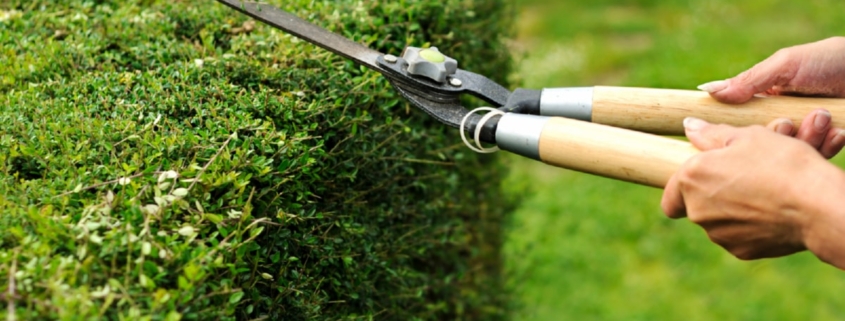The Critical Role of Structural Engineering in Construction 2011
Sustainable Construction: Embracing Eco-Friendly Practices
In the modern era, where the environment is a crucial concern, the construction industry cannot stay behind. It is, therefore, essential to understand and embrace eco-friendly practices for sustainable construction. Here we will delve into how to achieve this.
First and foremost, selecting the right construction materials is paramount. It is advisable to opt for recycled materials, or those obtained from sustainable sources. In addition, using locally sourced materials not only reduces transportation costs and carbon emissions but also contributes to the local economy. Furthermore, materials such as bamboo, recycled steel, and precast concrete are excellent choices due to their sustainable nature and energy-efficient properties.
Moving forward involves implementing eco-friendly construction methods. This could include utilizing solar panels, wind turbines, or geothermal heating and cooling systems. These techniques not only reduce the building’s carbon footprint but also lead to significant savings in energy costs. Furthermore, using energy-efficient appliances and lighting can also contribute in achieving sustainable construction.
Water conservation is another critical aspect of sustainable building practices. This can be accomplished by incorporating systems for collecting and reusing rainwater, greywater systems, and efficient plumbing fixtures. These practices not only preserve our precious water resources but also cut down on water bills.
In addition to these, efficient waste management during construction plays a significant role in sustainable construction. This involves recycling as much waste as possible, and responsibly discarding the rest. In fact, many construction materials can be recycled or repurposed, reducing the need for new materials and minimizing the amount of waste that ends up in landfills.
Lastly, sustainable construction involves designing buildings that are not only environmentally friendly but also beneficial for the inhabitants’ health. This includes guaranteeing good indoor air quality, using non-toxic materials, and incorporating natural light into the design.
In conclusion, sustainable construction through eco-friendly practices involves a combination of choosing the right materials, implementing energy-efficient construction methods, conserving water, managing waste responsibly, and creating healthy living environments. By embracing these practices, the construction industry can play a significant role in protecting our environment, while also creating better buildings for all.
For more details, check best Flat Roofing Services Dublin or visit their Flat Roof Service business listing here.



